Artificial Intelligence in Pharmaceutical Sciences (Drug Discovery)
رحلی
قیمت منصفانه
ارسال سریع
تنوع و کیفیت بالا
پشتیبانی و پاسخگویی
979-8707436963
ویراست اول
رحلی
715
Artificial Intelligence in Pharmaceutical Sciences (Drug Discovery)
کتاب افست زبان اصلی هوش مصنوعی در علم فارماسیوتیکس : چاپ رنگی | کاغذ تحریر
Major disruption world over is due to artificial intelligence (AI), blockchain, 3D organ printing, precision medicines and others. Almost all the industries are being affected by AI. Pharmaceutical sciences is also not an exception. This book comprising four chapters. Chapter first deals with basics of disruptive innovations and reasons behind these disruptions along with examples from every walk of life. In this chapter industry 4.0 has been discussed along with blockchain, precision medicine, 3D organ printing etc. With this background, chapter number two deals with AI, machine learning and deep learning.
This chapter has been designed to cover all the basic topics and examples related to AI, machine learning (ML) and deep learning (DL) and their application in drug discovery in detail. In this chapter, different types of tasks, ML can handle, have been described in a very easy-to-understand fashion, besides types of machine learning (like supervised, unsupervised and reinforcement learning), ML algorithms etc. Basics like definitions of machine learning model, features, vectors, weights, biases, training, testing, data processing etc. all are covered in detail. Various types of artificial neural networks like convolutional neural network, recurrent neural network, autoencoders and its types like variational autoencoder, adversarial autoencoder and much talked about that is generative adversarial network have also been covered in a significant manner.
Chapter third has been designed to cover basics and role of AI in drug discovery, including clinical trials and other departments of health and pharmaceutical sciences. More and more pharma companies are using AI and its subsets for increasing productivity in terms of drug discovery (de novo drug design, repurposing), manufacturing, clinical trials (subject selection, data recording and analysing, minimizing dropping out of subjects etc.), synthesis and others. All the content has been compiled after referring and mining hundreds of latest and original first-hand updates from inventors, experts, organizations (who/which are engaged in drug discovery research directly or indirectly through AI) like Insilico, Google, Microsoft, INVIDIA, Novartis, Intel, IBM, Exscientia, Berg, Atomwise, XtalPi, Recursion, H2OAi, Recursion, BenevolentAI, Minds.ai, Deep Genomics, AiCure, Trials.ai, GNS Healthcare, MIT, Okwin, Flatiron, Syapse etc. It was unavoidable to explore content from websites and newspapers as authors were interested to cover latest content.
All topics are explained in very simple language with clear aim and outcome using flow charts, tables and infographics. Students of all levels will find book very beneficial as few topics have been just touched, few have been shallow in complexity and rest are covered in detail. Full precaution has been exercised to address the needs of learners from non-maths background so that they can easily and effortlessly understand the subject matter of this book. Recent examples from various corporates, universities and daily life have found place in this unique book in a very explicit manner.
At relevant section, coding that is programming basics have been shared for beginners who wants to write python codes on their own. This has been explained in step-by-step manner in a reproducible manner, starting from installing conda environment on their local machine to importing package like numpy, pandas etc. in their jupyter notebook. Famous examples of Iris database, Pima diabetes dataset, Wisconsin breast cancer database and others have been shared as screenshots so that learners can type exactly same codes in their jupyter notebook and learn how to import excel CSV file that is respective dataset, defining x and y variables, splitting and defining % of train and test dataset, running model and finally analysing the prediction. This has been done to bring non-maths learners as close as possible to these topics which are running the world.
Artificial Intelligence in Pharmaceutical Sciences
- ASIN : B08WJY69SL
- Publisher : Independently published (January 1, 2021)
- Language : English
- Paperback : ۷۱۵ pages
- ISBN-13 : ۹۷۹-۸۷۰۷۴۳۶۹۶۳
- Item Weight : ۳.۷۸ pounds
- Dimensions : ۸ x 1.79 x 10 inches
- Best Sellers Rank: #۴,۰۵۰,۸۹۱ in Books (See Top 100 in Books)
- #۲,۳۶۷ in Biotechnology (Books)
- #۲,۷۵۳ in Pharmacies
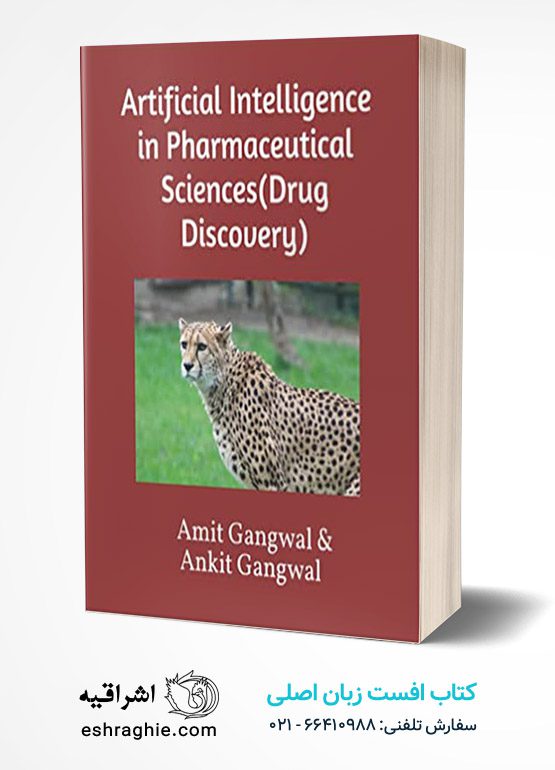

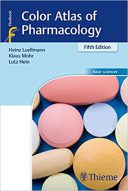

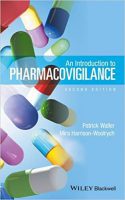
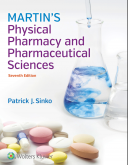


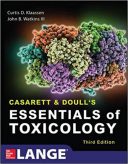



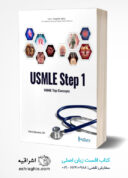


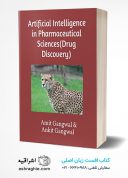
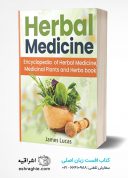



دیدگاهها
هیچ دیدگاهی برای این محصول نوشته نشده است.